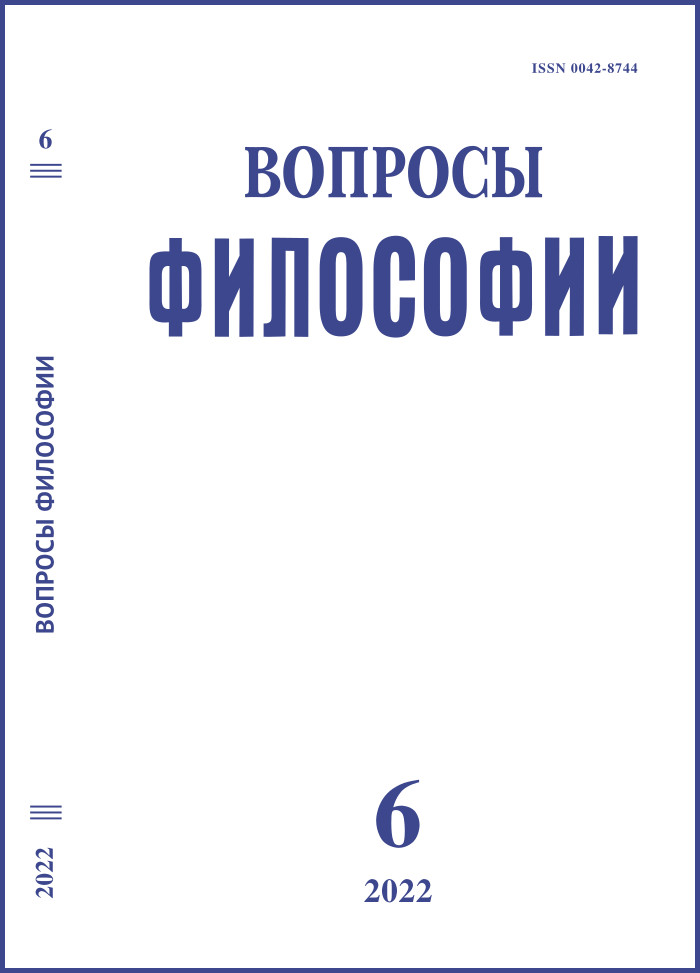Kantian “Copernican Revolution”: Synthesis of Empirical Realism and Transcendental Idealism
DOI:
https://doi.org/10.21146/0042-8744-2022-6-131-141Keywords:
Kant, Copernican revolution, transcendentalism, transcendental philosophy, transcendental idealism, a priori, empirical realism, empirical vector.Abstract
Transcendental philosophy of Kant is the first theory of experience (scientific knowledge) related to the solution of the (semantic) problem set in his famous letter to M. Hertz: what is the ground of the relation of the representation to the object? There are two ways to solve it, and Kant himself chooses the second of them, thus making his “Copernican Revolution”. Does the idea that Kant is an idealist follow from that, all the more as he often refers to his philosophy as to transcendental idealism? The analysis of the internal structure of this revolution shows that it is possible to highlight two vectors: the empirical, from the thing-in-itself to representations, and the noumenal ones, from the transcendental unity of apperception or transcendental object to the thing-as-it-appears-to-us. Keeping empirical vector says that Kant’s theory of experience is an empirical realism and his transcendentalism is a reflective (meta – level) epistemological (methodological) superstructure above it. Our semantic interpretation of Kant meets the modern “revolutionary” interpretation of transcendentalism, developed in the works of G. Bird, G. Prauss, H. Allison et al., which was called as the theory of “two aspects”. On this basis, we develop a realistic interpretation transcendentalism, which is relatable to the contemporary interpretation of Kant, represented in works of W. Röd, A. Collins, P. Abela, K. Westphal, L. Allais and others.
Published
Versions
- 2025-02-06 (2)
- 2022-06-30 (1)

